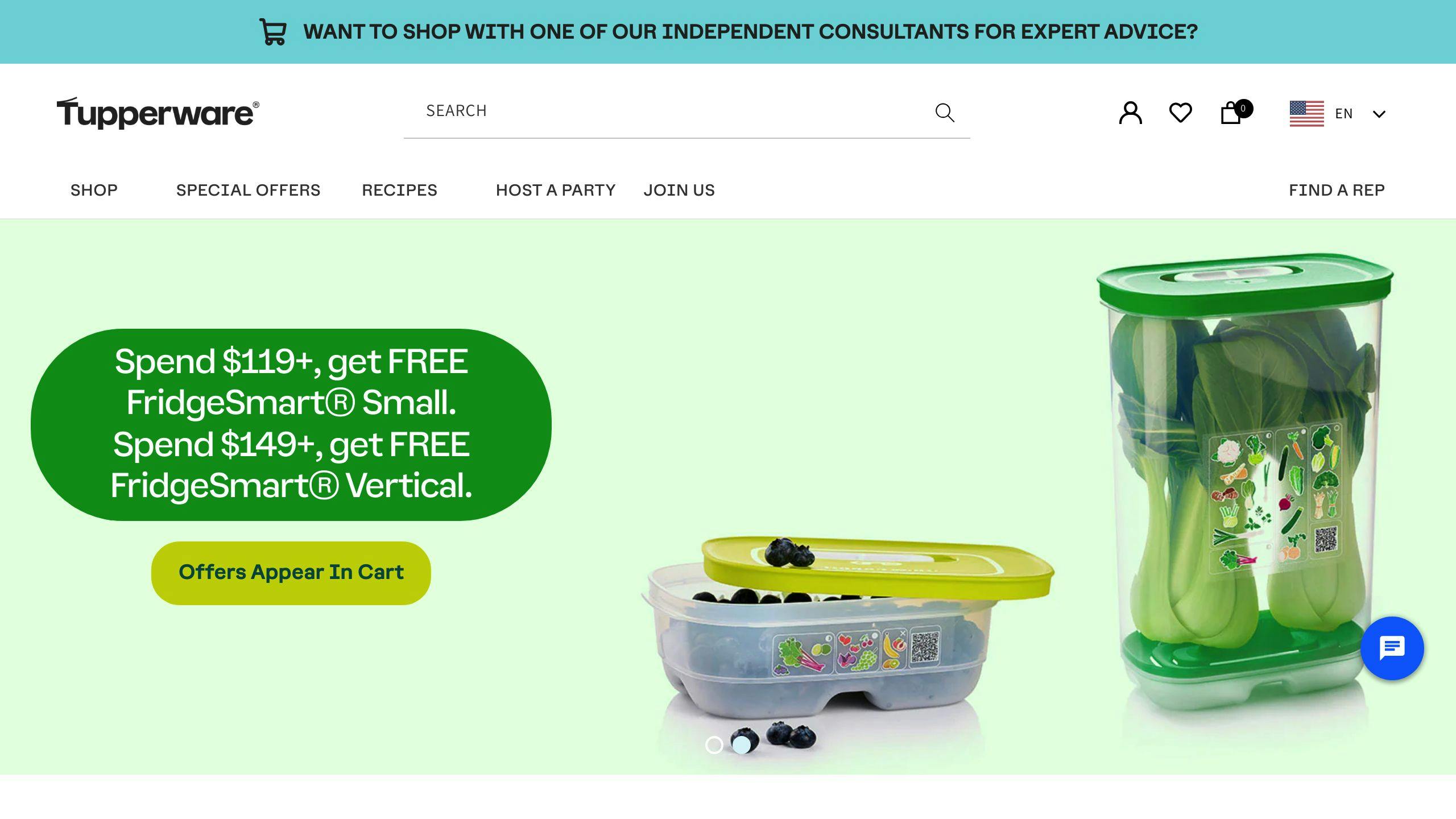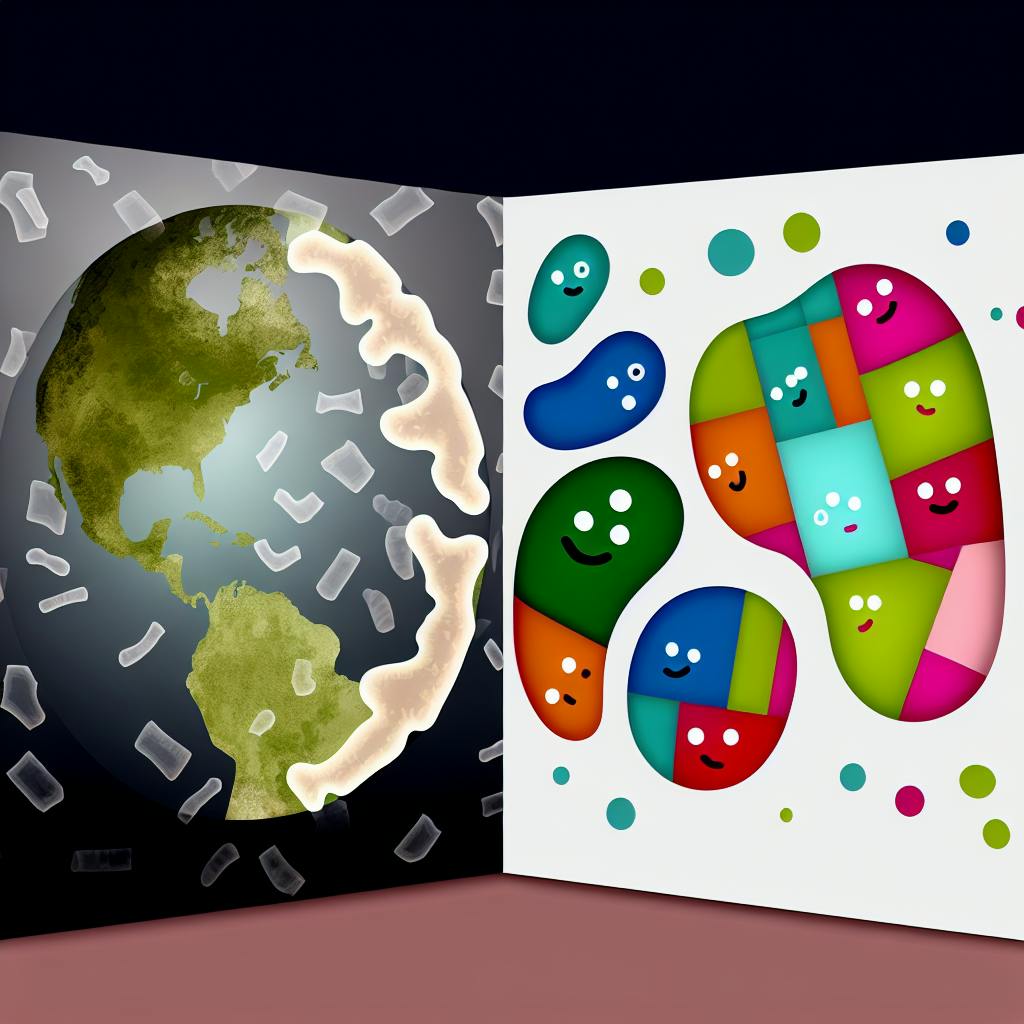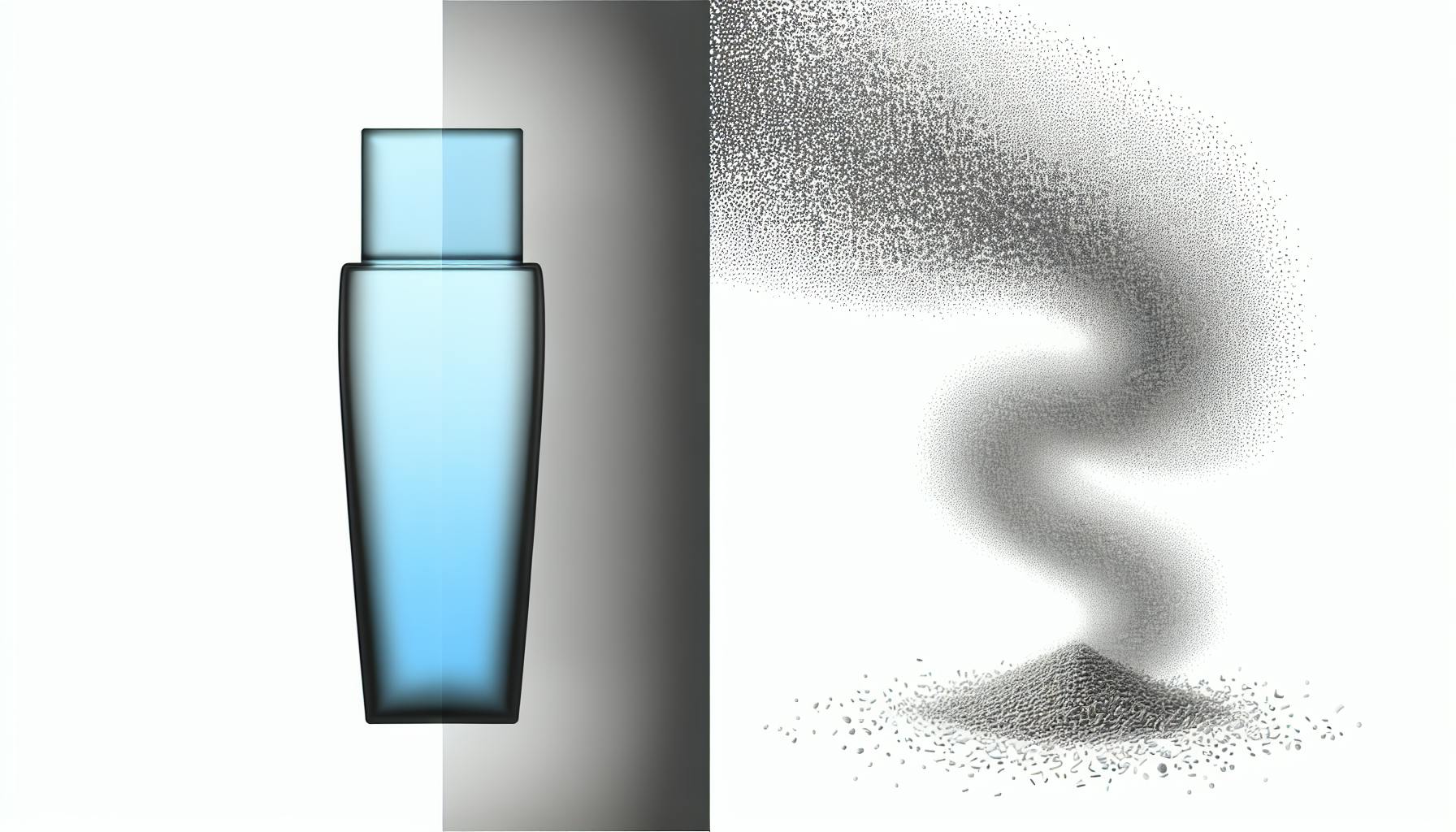Microplastics in Tupperware and other food containers can pose health risks. Here's what you should know:
- Microplastics are plastic particles smaller than 5mm found in many household items
- They can leach into food from plastic containers, especially when exposed to heat or wear
- Potential health effects include cell damage, hormone disruption, and fertility issues
- Signs of risky containers: scratches, discoloration, warping, or strange odors
- Safer alternatives: glass, stainless steel, ceramic, or silicone containers
Quick tips to reduce exposure:
- Avoid microwaving food in plastic
- Let hot food cool before storing in plastic
- Hand wash plastic containers
- Replace damaged containers
- Choose glass or stainless steel when possible
| Container Material | Safety Level | Best Uses |
|---|---|---|
| Glass | High | Storage, microwaving, baking |
| Stainless Steel | High | Storage, lunch boxes |
| Ceramic | High | Storage, microwaving |
| Silicone | Medium | Storage, baking |
| Plastic (PP, HDPE) | Low-Medium | Cold storage, dry goods |
| Plastic (PVC, PS) | Low | Avoid for food storage |
By being aware of the risks and taking simple precautions, you can minimize your exposure to microplastics from food containers.
Related video from YouTube
2. Microplastics in Tupperware: The Issue

Microplastics in food containers are a growing worry for health and the environment. As we use more plastic containers for food, it's key to know the risks of microplastic contamination.
2.1 What are microplastics?
Microplastics are tiny plastic bits smaller than 5mm. They come in different shapes:
- Cubic
- Spherical
- Rod-like
- Irregular
Nanoplastics are even smaller, less than 100 nanometers. Both can come from plastic food containers and get into our food and drinks.
2.2 How microplastics get into food containers
Microplastics can enter our food from many sources, with plastic containers being a big one. All reusable plastic takeout containers from restaurants have microplastics. Common types found in food containers include:
| Type | Use |
|---|---|
| Bisphenol A (BPA) | Used to make polyvinyl chloride |
| Phthalates | Make plastics bendy and strong |
| Polyethylene | Used for light, strong packaging |
| Polypropylene | Often used in food packaging |
These tiny plastics can break off into food, especially under certain conditions.
2.3 What causes microplastic release
Several things can make microplastics come off food containers:
1. Heat: High heat, like from microwaving, can break plastic bonds. This leads to more microplastics in food.
2. Storage time: Even keeping food in plastic in the fridge or at room temperature for over six months can release millions of microplastics.
3. Container type: Some containers, like polyethylene food pouches, release more particles than others.
4. Use and wear: Regular use, like twisting caps or cutting on plastic, can release microplastics.
5. Food type: Acidic foods might make more microplastics come off containers.
Knowing these factors can help us reduce our contact with microplastics from food storage.
3. Health Effects
Understanding how microplastics in food containers might affect our health is key.
3.1 Possible risks of eating microplastics
Eating microplastics might cause:
| Risk | Description |
|---|---|
| Cell damage | Can kill cells and cause swelling |
| Oxidative stress | May harm body cells |
| Hormone problems | Some plastics can mess with hormones |
| Fertility issues | Might affect ability to have children |
| Long-term illnesses | Could increase risk of diabetes and heart problems |
3.2 What studies show
Recent research tells us:
- Microplastics can cause swelling and harm cells
- In pregnant rats, tiny plastics moved from lungs to organs of unborn babies
- A big review of studies suggests microplastics might harm our digestion, breathing, and ability to have children
| Body System | Possible Harm |
|---|---|
| Digestive | Maybe |
| Reproductive | Maybe |
| Respiratory | Maybe |
3.3 What we still need to learn
We don't know everything about microplastics and health yet:
1. Long-term effects: We're not sure what happens if we eat microplastics for many years
2. Very tiny plastics: We know less about how the smallest plastic bits affect us
3. Mix with other harmful things: We need to study how microplastics work with other pollution
4. Why some people are more affected: It's unclear why microplastics might hurt some people more than others
Scientists say we need more studies to understand all the ways microplastics might affect our health. For now, it's smart to try to avoid them when we can.
sbb-itb-1dc3f59
4. Checking Your Containers
Here's how to check your food containers for possible microplastic risks.
4.1 Signs of wear and tear
Look for these signs that your plastic containers might be breaking down:
- Scratches
- Cloudy or changed color
- Odd shape
- Smells like old food
- Easy to break or has cracks
If you see these signs, it's best to get new containers.
4.2 Which containers are riskier
Some containers are more likely to release microplastics:
| Container Type | Risk | Why |
|---|---|---|
| Old ones | High | Break down over time |
| Often microwaved | High | Heat breaks down plastic |
| Washed in dishwasher | Medium | Hot water and strong soap can damage |
| Scratched or damaged | High | Broken surface lets out more microplastics |
| Thin or bendy plastics | Medium | Break down faster |
4.3 Types of plastic and how they work
Different plastics are better or worse for storing food:
| Plastic Type | Code | What it's like | Good for food? |
|---|---|---|---|
| PET | 1 | Clear, strong, handles heat | OK for one-time use |
| HDPE | 2 | Not see-through, handles chemicals | Very good |
| PVC | 3 | Bendy, clear | Not good |
| LDPE | 4 | Bendy, kind of see-through | Good |
| PP | 5 | Strong, handles heat | Very good |
| PS | 6 | Hard or foam-like | Not good for hot food or long storage |
For the safest food storage, pick containers made from HDPE, LDPE, or PP. Always check the number on the bottom of your containers to know what they're made of.
5. What You Can Do
5.1 Using plastic containers safely
To lower the risk of microplastics from plastic containers:
- Don't microwave food in plastic, even if it says "microwave safe"
- Let hot foods cool before putting them in plastic
- Wash plastics by hand to make them last longer
- Don't store oily or sour foods in plastic
5.2 Other materials for food storage
Try these safer options instead of plastic:
| Material | Good points | Bad points |
|---|---|---|
| Glass | Safe, reusable, easy to clean | Can break, heavy |
| Stainless steel | Strong, doesn't react, easy to clean | Not for microwaves, can cost more |
| Ceramic | Doesn't absorb smells | Can chip or break, heavy |
| Silicone | Bends, light, folds up | May keep smells over time |
Glass and stainless steel are good choices because they're strong and don't react with food. Ceramic looks nice and can go in the microwave. Silicone is light and good for taking food on the go.
5.3 Taking care of your containers
Good care can make your containers last longer and lower the risk of microplastics:
- Check often for wear or damage
- Replace containers when they get scratched, stained, or damaged
- Clean gently, don't use rough scrubbers
- Keep containers in a cool, dry place out of the sun
- For plastic containers, think about replacing them more often, especially ones you use a lot
6. Cutting Down on Plastic Use
Using less plastic in daily life helps reduce contact with microplastics and protects nature. Here's how to use less plastic:
6.1 Avoiding single-use plastics
Single-use plastics make a lot of waste. To use less:
- Carry reusable bags when shopping
- Use reusable water bottles for everyone in your family
- Choose reusable straws made of steel or glass instead of plastic ones
- Bring a reusable mug for coffee instead of using throw-away cups
6.2 Buying unpackaged foods
Choosing foods without packaging cuts down on plastic waste:
- Shop at farmers' markets or local bakeries where food often has no packaging
- Buy bread from bakeries to avoid plastic wrapping
- Get meat and produce from butchers and farmers' markets, bringing your own containers
- Pick loose fruits and vegetables instead of pre-packaged ones at the grocery store
6.3 Safe food prep and storage
You can prepare and store food without plastic using these options:
| Material | What to Use It For | Why It's Good |
|---|---|---|
| Glass | Storage boxes, baking dishes | Doesn't react with food, safe for microwaves |
| Steel | Lunch boxes, storage boxes | Strong, doesn't keep smells |
| Silicone | Food bags, baking sheets | Bends easily, easy to clean |
| Cloth | Bags for dry snacks | Can be used many times, washable |
Tips for storing food without plastic:
- Put leftovers from steel cooking pots into steel storage boxes
- Use glass boxes for keeping and reheating food
- Use cloth bags for sandwiches and dry snacks
- When buying in bulk, bring your own boxes or use reusable bags for things like grains and nuts
7. Wrap-up
7.1 Key takeaways
Here are the main points to remember:
| Action | Reason |
|---|---|
| Replace worn plastic containers | Reduces microplastic exposure |
| Use glass, steel, or silicone | Safer alternatives to plastic |
| Eat less processed food | Contains fewer phthalate microplastics |
| Try bamboo or rice husk containers | Eco-friendly options |
| Clean your home often | Removes microplastic particles |
7.2 Finding a middle ground
It's hard to stop using plastic containers completely. Here are some easy steps to lower risks:
| Step | How to do it |
|---|---|
| Switch containers slowly | Replace plastic with safer options over time |
| Use plastic wisely | Only for dry goods and cold storage |
| Avoid heating in plastic | Never microwave or put hot food in plastic |
| Take care of containers | Clean gently to make them last longer |
| Cut down on plastic use | Look for other options when you can |


